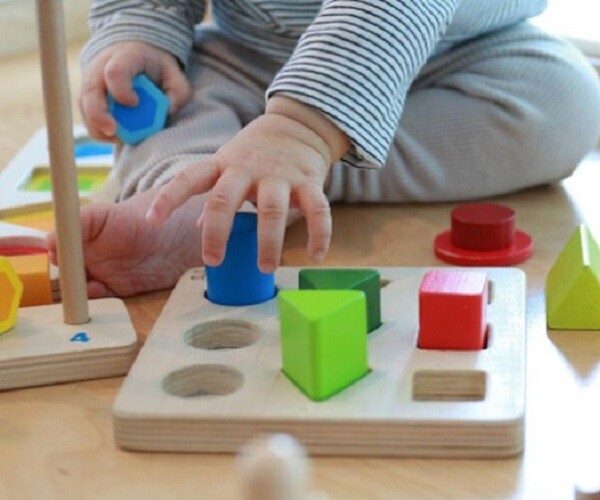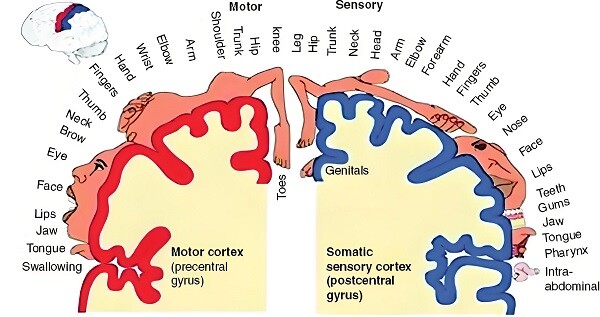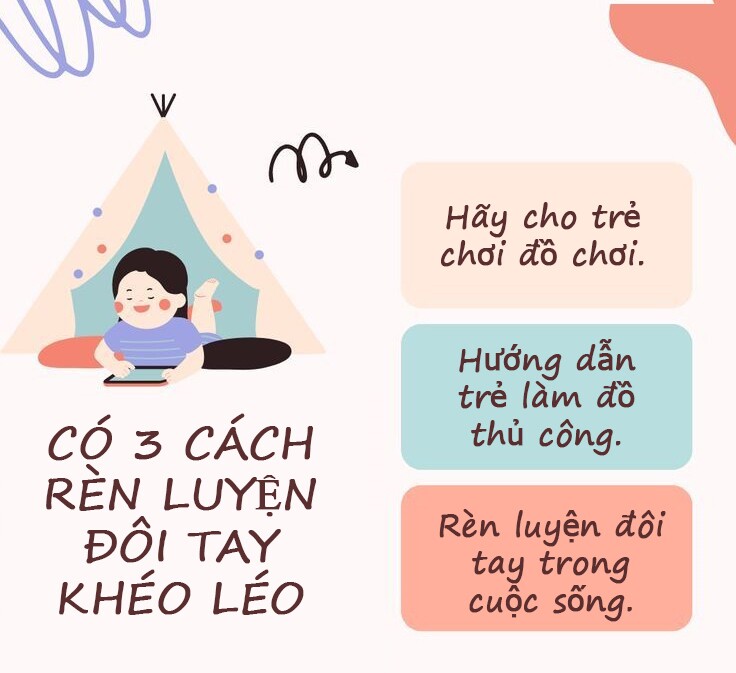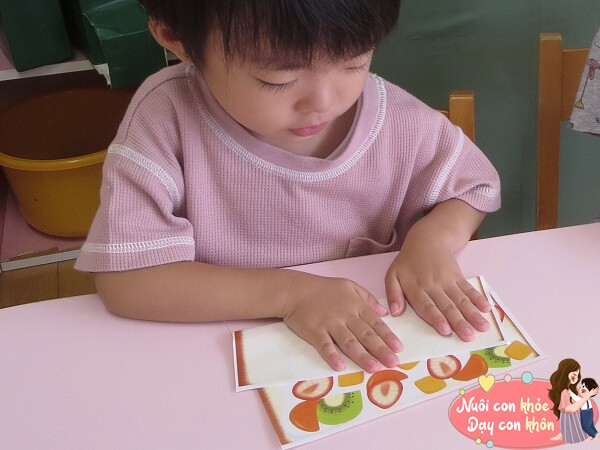Studies have shown that using hands in daily activities can stimulate brain development and enhance cognitive, learning, and creative abilities in young children.


“The Penfield Map” – Unveiling the Link Between Hands and Brain Development
So, can we assess a child’s intelligence through their hands? Let’s explore further.
Canadian neurosurgeon, Dr. Penfield, created the renowned “Penfield Map.” This map illustrates the remarkable connection between different parts of the body and the brain.
How was this extraordinary map created? During brain surgeries, Penfield gently stimulated various regions of the patients’ brains and observed their physical reactions and sensations. He then meticulously recorded the correspondences between different brain areas and bodily functions.
Since the human brain lacks pain receptors, this stimulation could be performed while the patients were conscious, providing invaluable insights.
The “Penfield Map” revealed that each body part has a corresponding region in the brain, but the proportions vary significantly. Notably, the hands and face occupy a substantial portion of this map, indicating that a large area of the brain is dedicated to controlling and sensing the movements of the hands and face.
This led to the understanding that the development of fine motor skills and sensory perception in the hands are closely linked to cognitive development and intelligence.

“The Penfield Map” highlights the connection between hand dexterity and brain development.
Therefore, it is reasonable for people to associate a child’s IQ with the observation of their hand dexterity and coordination.
So, how can we determine if a child is intelligent? By carefully observing the details of their hand development and dexterity.
The flexibility and coordination of a child’s fingers reflect their brain development. There is a definite correlation between finger dexterity and overall agility.
When a child’s finger movements are relatively flexible and agile, it indicates that their brain is developing optimally. These finger movements stimulate neural connections in the brain, and the more complex and refined the hand movements are, the stronger the stimulation in the corresponding brain regions.
As children use their fingers to play with Lego blocks, solve puzzles, or draw, their motor cortex, sensory cortex, and cognitive function-related areas of the brain are activated, fostering brain development.
Especially during the early years of life, when the brain is rapidly developing, finger dexterity exercises have a positive impact on cognitive development.
Additionally, flexible fingers nurture creativity. Children with agile fingers can freely engage in a variety of creative activities, expressing their imagination through different mediums.
They can mold various shapes with clay, create intricate patterns with scissors, or paint colorful pictures with brushes. These activities not only strengthen their finger muscles but also stimulate their imagination and creativity.
By continuously experimenting with new finger movements and combinations, children can create unique artworks, fostering their creative thinking and problem-solving skills.
The concept of “The Penfield Map” has significant implications for psychology, education, and beyond.
In education, the understanding of the link between hand movements and brain development has led to a greater emphasis on refining children’s fine motor skills to promote brain development and enhance cognitive abilities.

Nurturing Children’s Hand Dexterity and Finger Flexibility

Image source: Pinterest.
Provide Toys and Games
Parents should choose age-appropriate toys and games that refine finger dexterity. For example, jigsaw puzzles allow children to hold, turn, and fit small pieces together, enhancing their finger agility.
Lego blocks encourage children to build diverse structures, fostering creativity and refining motor skills. Beading games help children develop hand-eye coordination as they string beads onto a thread.
Additionally, there are special finger dexterity toys, such as clay modeling tools and finger mazes, that effectively train finger muscles and coordination.
Encourage Craft Activities
Involve your children in various craft activities such as painting, paper cutting, origami, weaving, and more. These activities require fine finger movements and improve finger flexibility and control.
During craft time, parents can guide and support their children as they master different skills. Allowing children to explore their creativity freely and produce their unique creations can enhance their interest and enthusiasm.

Encouraging children to engage in craft activities.
Incorporate Hand Exercises in Daily Life
In daily life, create opportunities for your children to exercise their finger dexterity. For instance, involve them in simple household chores like sorting beans, picking vegetables, or opening bottles.
Encourage them to pack their school bags and organize their toys, fostering their sense of responsibility and fine motor skills. Simple finger exercises like making a fist, stretching, and bending fingers can also be incorporated into their daily routine.
Through appropriate activities and training, you can improve your child’s finger flexibility, promote brain development, enhance their creativity, and lay a strong foundation for their future growth.






































